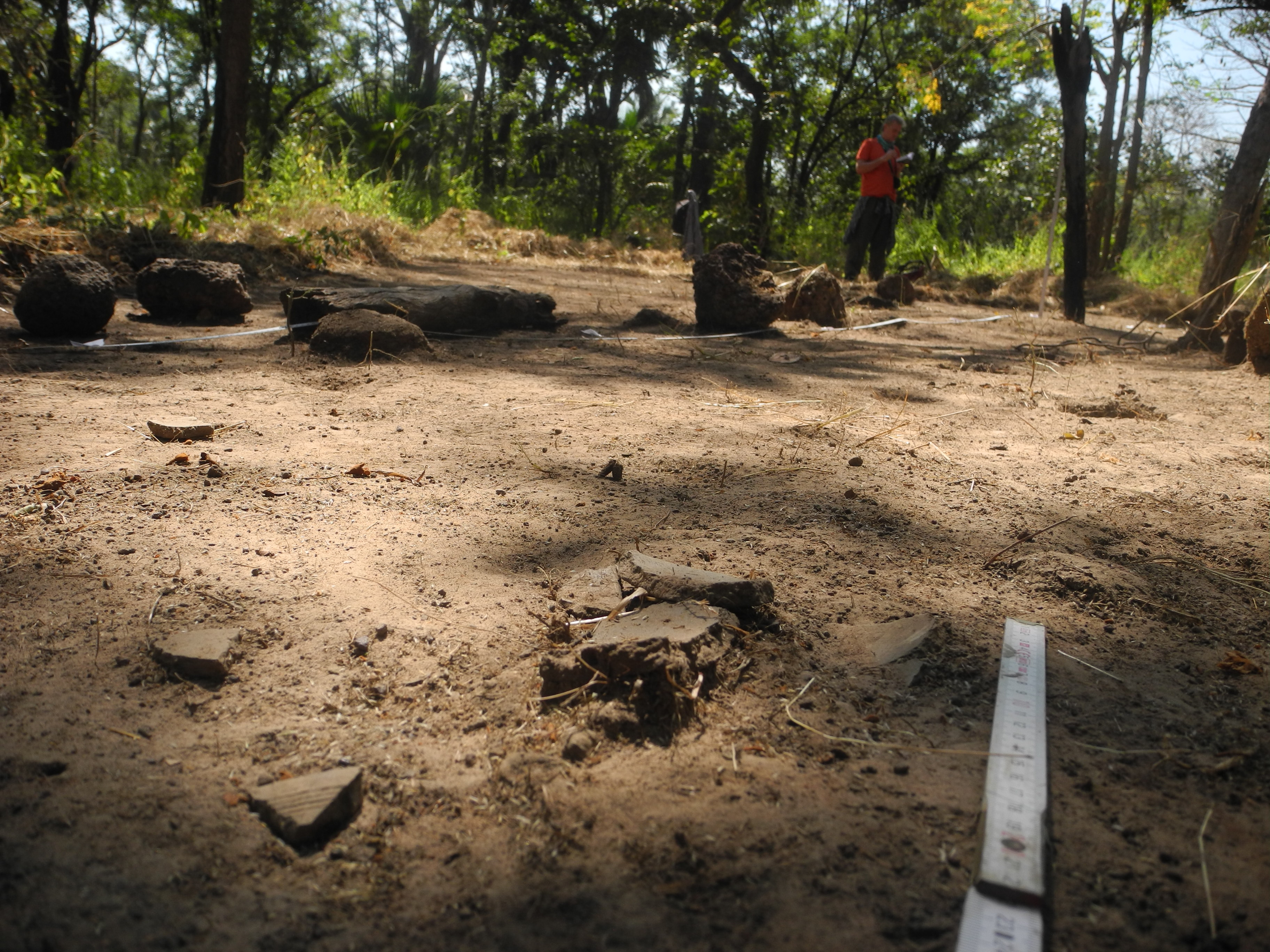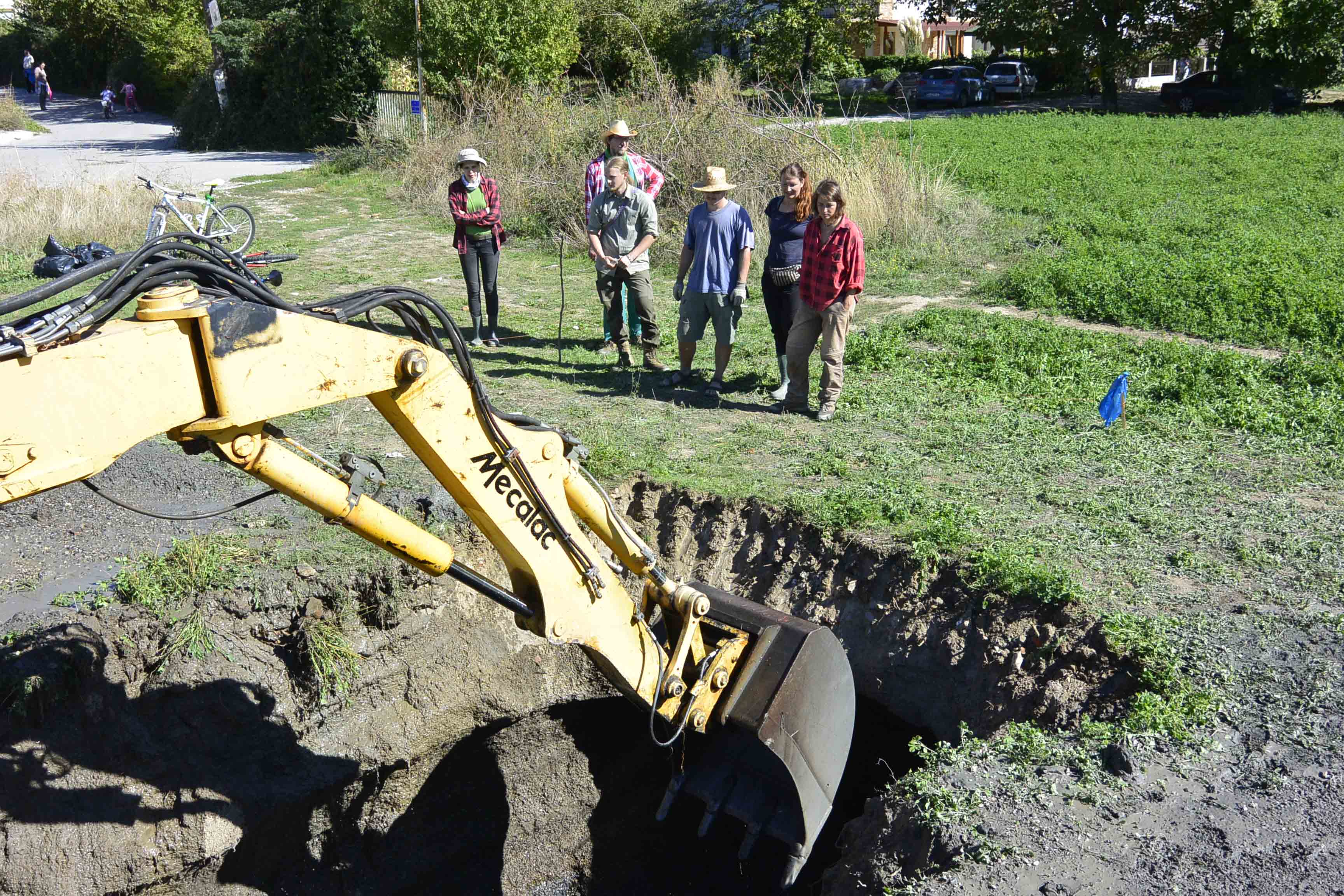A study of extinct villages in Senegal

Laboratory of Archaeobotany and Palaeoecology
A study of extinct and living villages of southeastern Senegal
Comprehensive knowledge using the methods of archaeology, anthropology and vegetation ecology
The Niokolo-Koba National Park was established in 1954 on the territory of southeastern Senegal, which was expanded in the 1960s to protect biodiversity, at the expense of local villages. The inhabitants of the original settlements therefore had to move in two waves - first beyond the borders of the newly created and then the expanded park.
Nowadays, the remains of extinct villages can be seen in the park under the lush vegetation. The goal of the project is to document these villages and monitor their archeology over time in the environment of the local tree savannah. At the same time, the question of mutual influences arises, i.e. how quickly the local flora covered the abandoned areas and, conversely, how the activities of the then inhabitants in the monitored area are mirrored in the national park today.

In 2018, a research team went to Senegal for the first time, consisting of: archaeologist and archaeobotanist Jaromír Beneš (LAPE, USB), archaeologist Tereza Majerovičová (LAPE, USB), botanist Jan Novák (LAPE, USB) and zoologist Lucie Stoklasová (Czech University of Life Sciences Prague). The purpose of the first expedition was to become familiar with the terrain conditions and to identify villages with potential for later research. The team also visited living villages beyond the Niokolo-Koba NP border, where the original inhabitants of the abandoned villages or their descendants were contacted. A very important step was the establishment of cooperation with the University of Dakar and the local archaeologist Alioun Deme. In the field, the team was supplemented by Idrissa Manka, a doctoral student in the field of archeology from Dakar, who, among other things, helps with translation into the various local languages.

In 2019, a second expedition took place, financed mainly from the GA JU student grant of PhD student Tereza Majerovičová, who is writing a dissertation on the topic of extinct and living villages in southeastern Senegal. The team was supplemented by archaeologist and anthropologist Ladislav Šmejda, who works both at the Department of Anthropology at the University of West Bohemia in Pilsen and at the Czech University of Life Sciences in Prague. The expedition focused on two (already selected) defunct villages: Badi and Niémeniké, and their surroundings. During field research, the team conducted transect sounding and soil sampling across villages and beyond. Furthermore, several comparative soil samples were taken from the surrounding area and the soil profile of the defunct residential units around the two monitored villages was documented. The vegetation of the area was mapped, and the local trees were sampled using the dendrochronological method. These samples are now being analyzed by dendrologist Jan Altman working at the Botanical Institute of the Academy of Sciences of the Czech Republic in Třebon. Special emphasis is placed on the research of trees in extinct and living villages due to their symbolism, as well as raw material usability and healing (Sacred trees: a ritual and profane relation between tree and village in Niokolo-Koba National Park, Senegal).


Read more …A study of extinct villages in Senegal
- Hits: 2027









